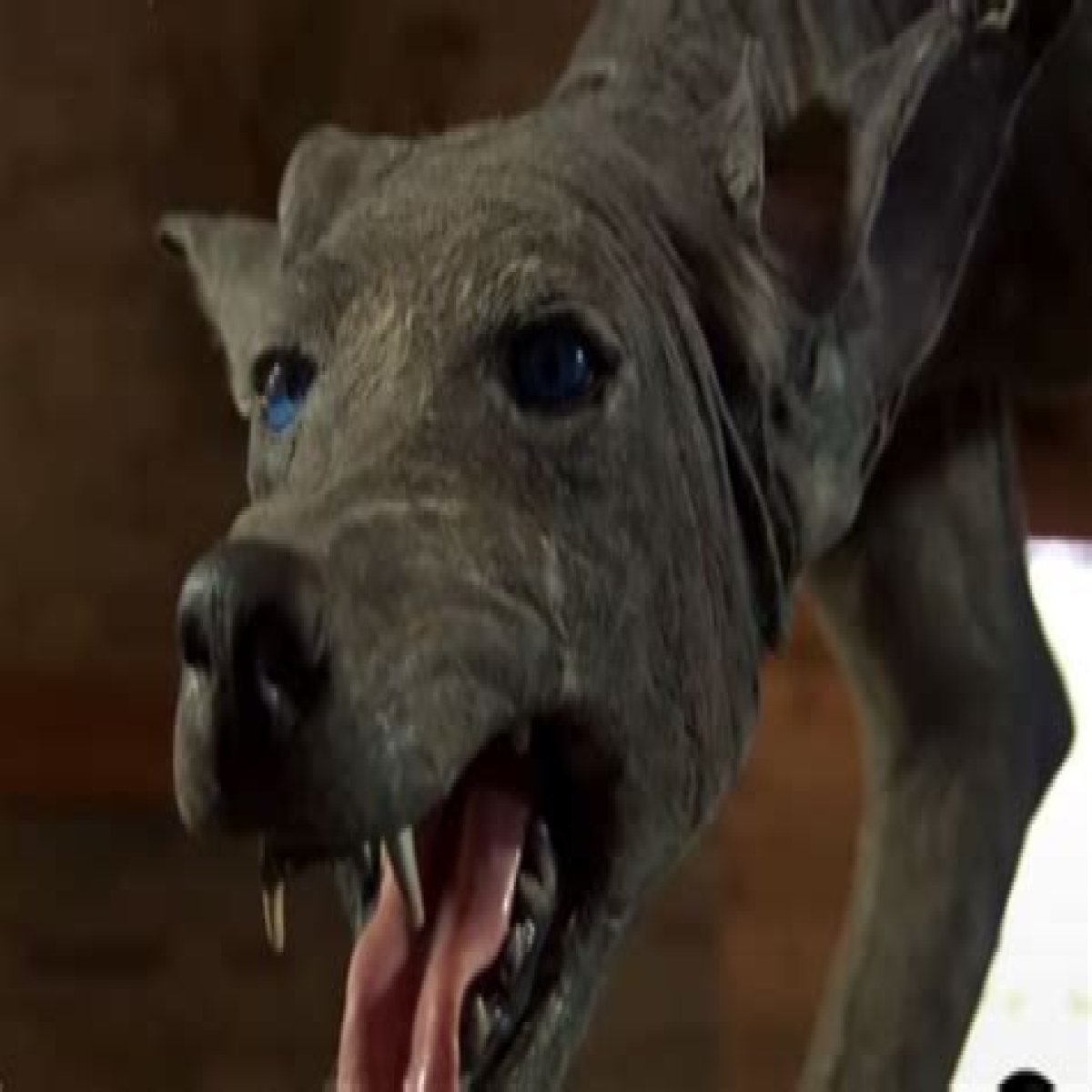Officer Brandon Reidel, following up on Canion's complaint, chased the blue "creature" (totally a dog) down a dirt street and filmed the encounter on his dash cam, swearing that it was nothing like he'd ever seen before. For her part, Canion warned her neighbors, said that the creature couldn't be captured, and wanted to get evidence to corroborate her story by filming one on camera. As described in Huffpost, similar creatures had been seen in eastern Texas and Oklahoma, and typically hunted during dawn and dusk — common hunting hours for wild dogs.
After months of no luck, one of Canion's neighbors found a dead Texas Blue Dog, as Canion took to calling them, on the side of the road. Naturally, Canion went and grabbed it, had it taxidermied, and handed it over to a professor in the Department of Biology at Texas State University-San Marcos, Michael Forstner. The creature had an unusually large overbite, tough, blue-gray skin with coarse, sparse hair atop it, and deep blue eyes. Or, as Dr. Forstner said, "I mean, it's a vertebrate." DNA analysis, as it turns out, revealed with 97 percent certainty that it was a coyote. It's not too uncommon for different types of dogs to breed together, after all.
Before this series of events there was no talk of any "Texas Blue Dog," and there hasn't been any talk since. It seems that the only blue dogs in Texas are Blue Lacys, after all.
